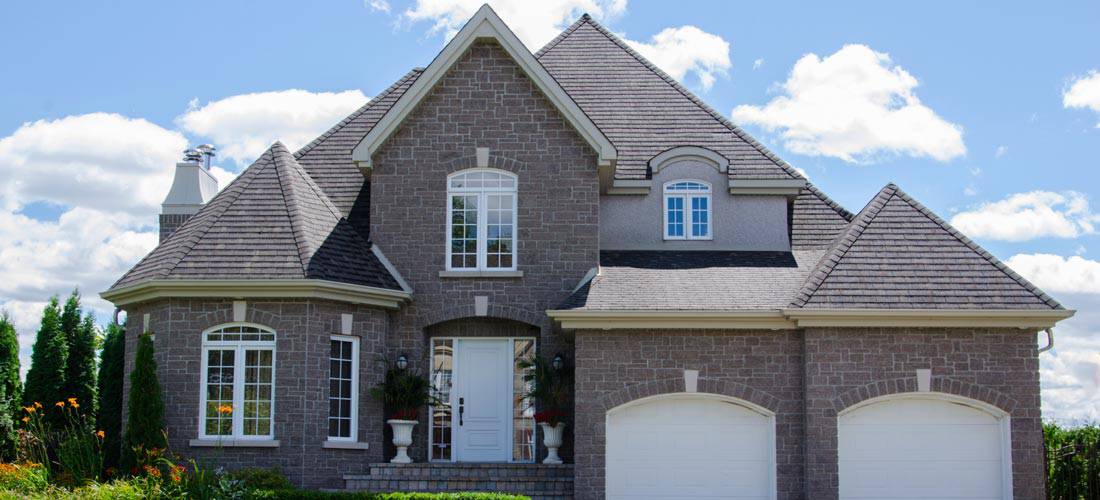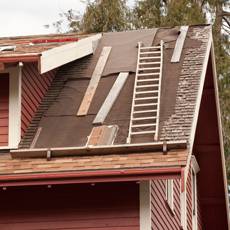A walk-through for properly installing the underlayment of your home's new asphalt shingle roof.
When installing a new asphalt roof, it is important to install the proper underlayment before the fiberglass shingles or organic asphalt shingles are put into position. The function of the underlayment is to provide a barrier between your shingles and the roof's frame. Asphalt shingle roofing, especially 3-tab shingles made from asphalt, is a growing choice among both builders and homeowners. The right underlayment product can add to the life of the asphalt shingle roof while staving off maintenance problems down the road.

Asphalt shingle roof underlayment Most people are not skilled enough to install their own roof, but it is important to know about the materials that are available. QualitySmith will help you find the best roofing contractors that can provide you with roofing estimate and get the job done.
 There are a number of different products that are used as underlayment, and your contractor will likely recommend one over the other. Knowing your options in advance can help you determine which type of underlayment you want to use when it is time to install your roof.
There are a number of different products that are used as underlayment, and your contractor will likely recommend one over the other. Knowing your options in advance can help you determine which type of underlayment you want to use when it is time to install your roof.
When choosing the underlayment for your roof, the material construction is important. While some contractors still use roofing felt beneath asphalt shingles, synthetic underlayment has become a popular option. Although it is a bit pricier than roofing felt, synthetic underlayment is waterproof and provides an added layer of protection and insulation for the roof. This can be important in areas of the roof where standing water may pose a moisture problem when felt is used beneath the shingles instead of synthetic underlayment.
Felt underlayment is better suited for laminated architectural shingles or fiberglass shingles. Overall, synthetic underlayment offers higher utility and safety ratings, especially when used beneath asphalt shingles. Homeowners should keep in mind that if underlayment provides a moisture barrier, it means that it resists moisture; if it provides a moisture retardant, it delays the entry of moisture. Depending on your climate, the latter is optimal.
 You should also look at the fire-resistance rating of the underlayment you intend to install with your shingles. These ratings run from "A" through "C," with "A" being the best and "C" being the worst. While all underlayment products usually provide about the same amount of protection from smoke generation, the real difference lies in the spread of flames. The U.S. government uses a tunnel test to indicate the speed and distance of the spread of fire over a surface, and then assigns the aforementioned ratings.
You should also look at the fire-resistance rating of the underlayment you intend to install with your shingles. These ratings run from "A" through "C," with "A" being the best and "C" being the worst. While all underlayment products usually provide about the same amount of protection from smoke generation, the real difference lies in the spread of flames. The U.S. government uses a tunnel test to indicate the speed and distance of the spread of fire over a surface, and then assigns the aforementioned ratings.
While the cost of underlayment can vary widely and is an obvious factor when making a decision about which type of product to use, the added cost of quality underlayment for your roof will likely only amount to a few hundred dollars or less. When you consider that the average roofing cost is now around $5,000, a few hundred more will not make a significant difference.
Because installing asphalt shingle roofing is a fairly large investment, it makes sense to use a premium roofing underlayment that provides safety and durability.













Write a Comment